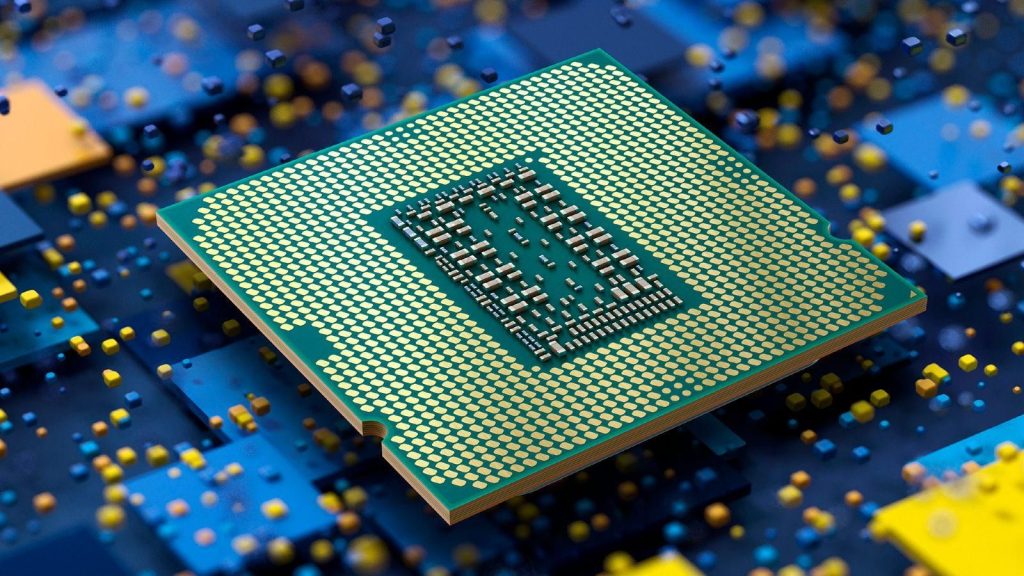
The Latest Advancements in Computer Processor Technology
Computers and the technology behind them continue to evolve rapidly. One of the most critical components of any computer system is the processor. Over the years, processor technology has seen significant advancements, resulting in more efficient and powerful computing capabilities. In this article, we’ll explore the latest breakthroughs in computer processor technology.
1. Introduction to Processors
In simple terms, a processor, also known as a central processing unit (CPU), acts as the brain of a computer. It executes instructions, performs calculations, and manages data flow within a computer system. Processors are constantly striving for improved performance, energy efficiency, and overall speed.
2. Moore’s Law and Miniaturization
Moore’s Law, coined by Intel co-founder Gordon E. Moore, states that the number of transistors on a microchip doubles approximately every two years, leading to a significant increase in computing power. This fundamental principle has driven innovation in the tech industry for decades. As a result, processors have become smaller, faster, and more capable.
3. Multi-Core Processors
Multi-core processors are a game-changer in computer processing. They feature multiple processing units within a single chip, allowing for parallel execution of tasks. With multi-core processors, computers can perform more simultaneous operations, enhancing multitasking, productivity, and overall system performance.
4. High-Speed and Low-Energy Chips
Advancements in chip architecture have led to processors capable of operating at high clock speeds while using less energy. Efforts to reduce power consumption have resulted in processors that strike a balance between performance and efficiency. Low-energy chips greatly benefit portable devices such as laptops and smartphones, extending battery life while maintaining high processing capabilities.
5. Quantum Computing
Quantum computing is an exciting field that promises immense computing power. Unlike traditional processors that rely on bits, which represent either a 0 or a 1, quantum processors use quantum bits or qubits. Qubits can represent 0, 1, or a superposition of both states simultaneously, allowing for complex computations. Although still in its early stages, quantum computing shows enormous potential for solving complex problems that are beyond the reach of classical processors.
6. Artificial Intelligence and Machine Learning
As artificial intelligence (AI) and machine learning (ML) continue to advance, processors are being equipped with specialized architectures tailored for these tasks. AI and ML heavily rely on parallel processing and specialized algorithms. Graphics processing units (GPUs) and application-specific integrated circuits (ASICs) are examples of processors designed to maximize AI and ML performance.
7. Neuromorphic Processors
Neuromorphic processors mimic the structure and function of the human brain. They aim to bring brain-like computing capabilities by using artificial neural networks and synapses. These processors excel at tasks involving pattern recognition, making them ideal for AI, image processing, and robotics applications.
8. Cloud Computing and Edge Processors
Cloud computing has revolutionized how we access and process data. Cloud-based processors and data centers provide computational resources remotely, allowing devices to offload intensive tasks. Additionally, edge processors bring processing power closer to the source of data, reducing latency and enabling real-time analytics and decision-making in decentralized systems.
9. The Future of Processors
Processor technology continues to evolve rapidly, and the future holds exciting possibilities. Advancements in areas such as quantum computing, neuromorphic processors, and AI will shape the next generation of processors. As computers become more powerful, efficient, and intelligent, we can expect groundbreaking applications in various industries.
Conclusion
The world of computer processor technology is constantly advancing, enabling computers to become more powerful, efficient, and capable than ever before. From the miniaturization of transistors to the advent of quantum computing, each advancement propels us closer to an era of limitless computing potential. As we marvel at what processors can accomplish today, it’s fascinating to envision what the future holds for this crucial aspect of technology.

